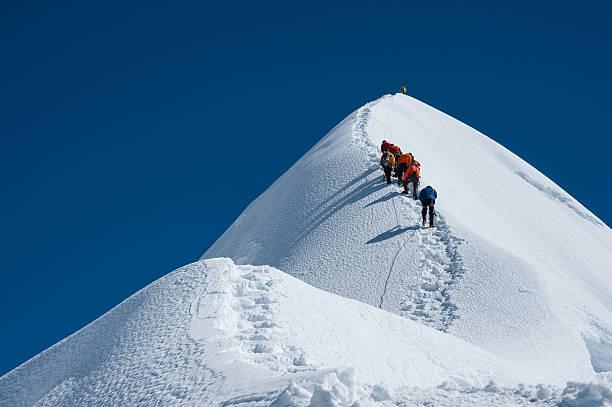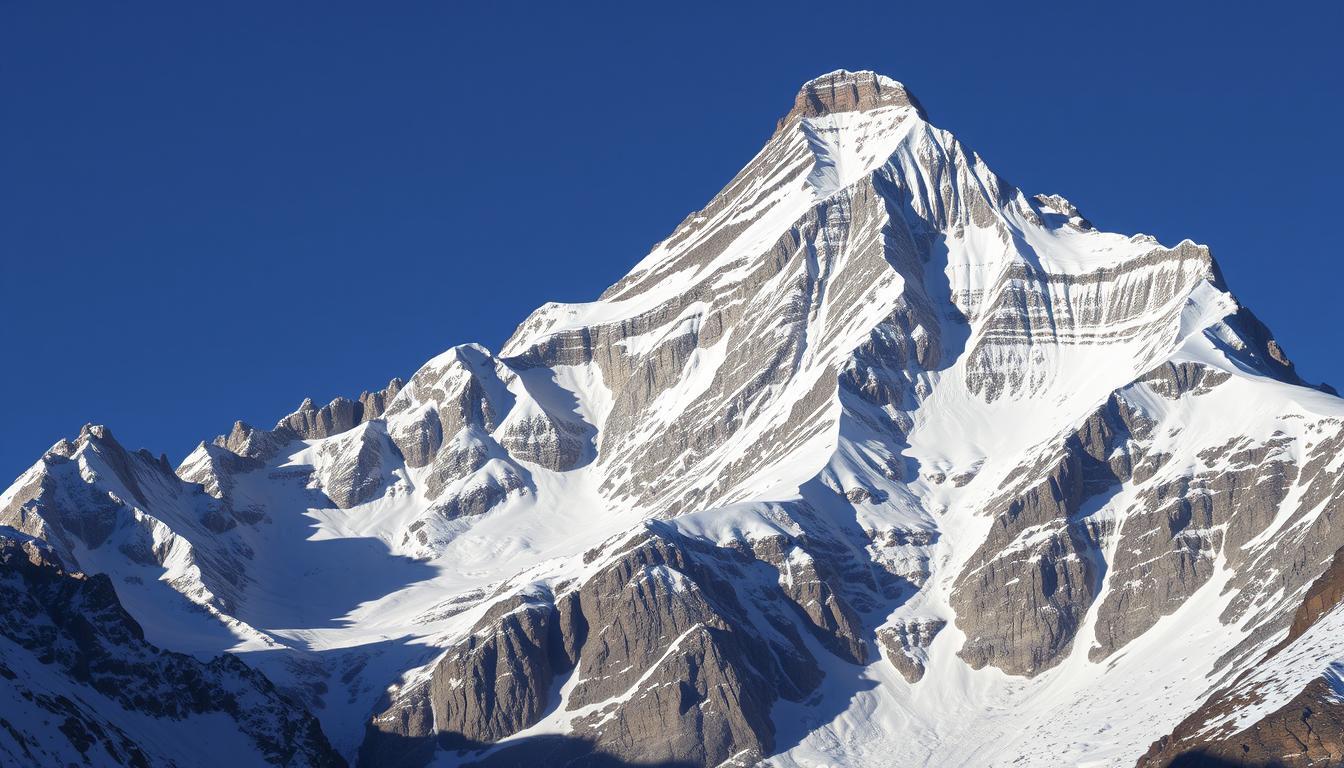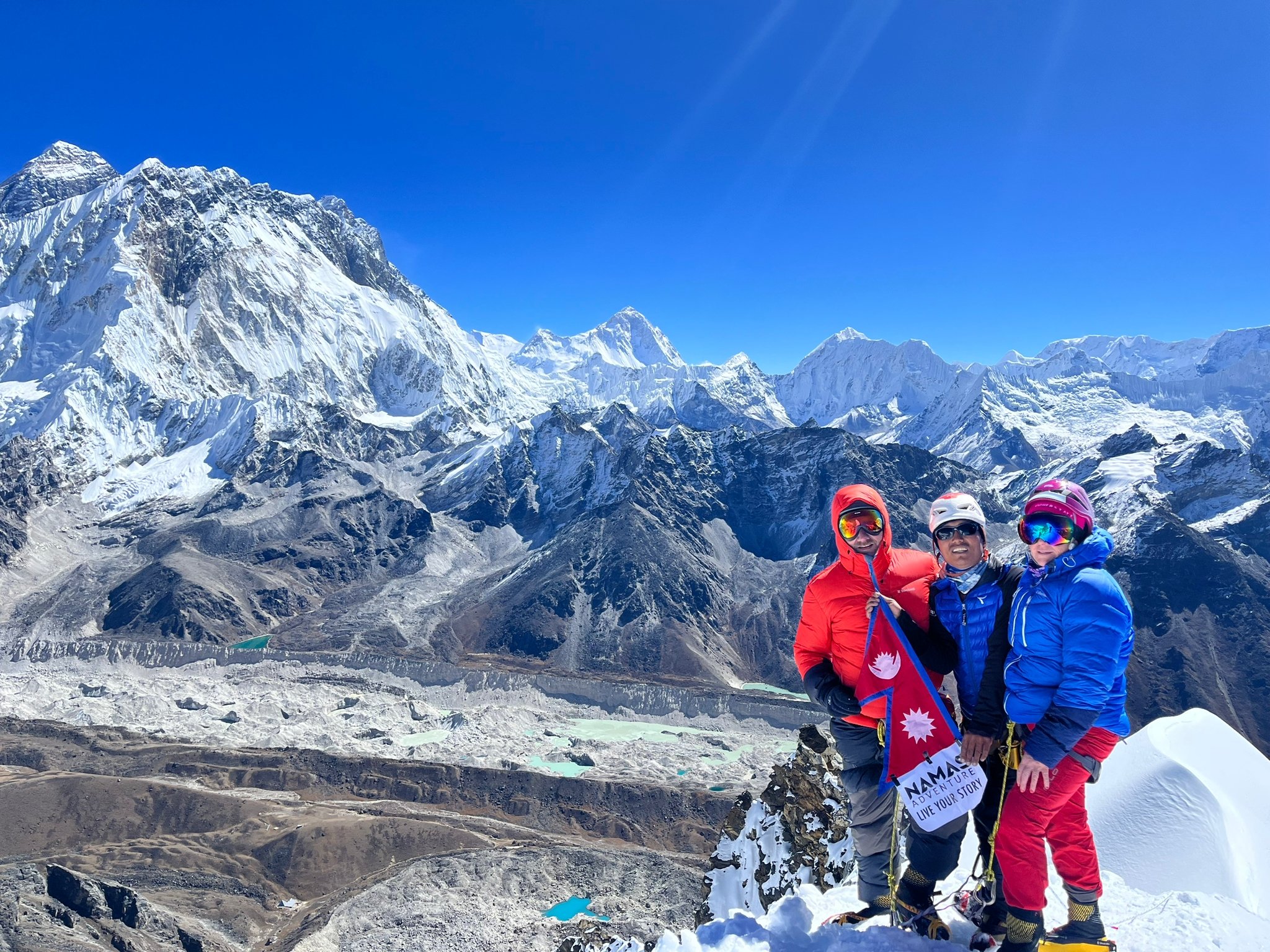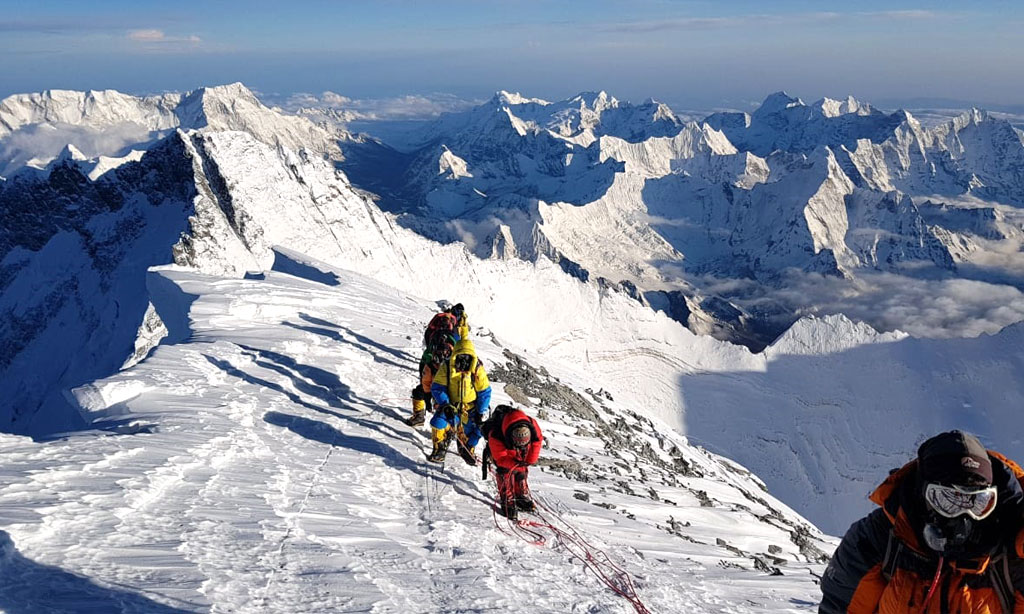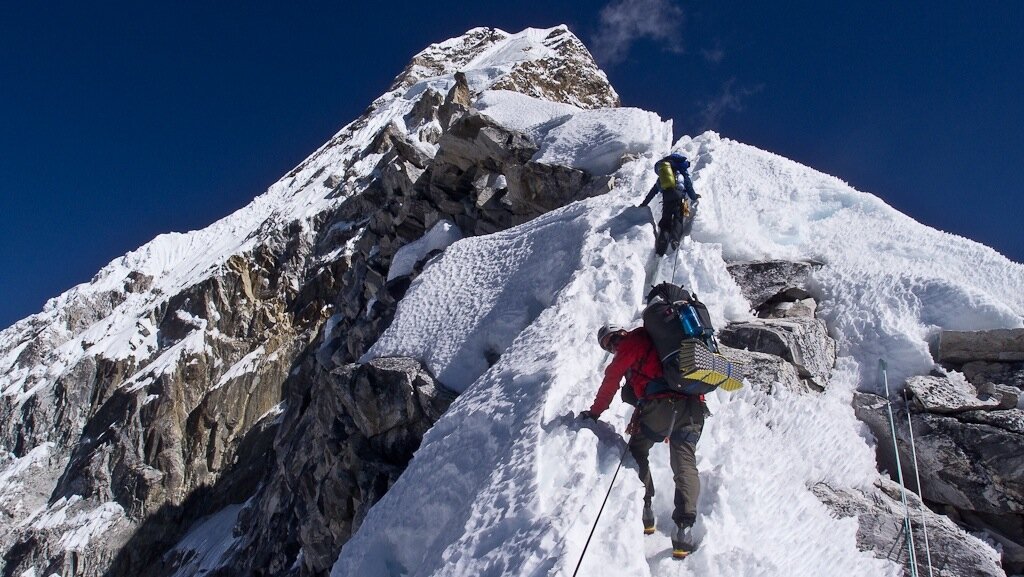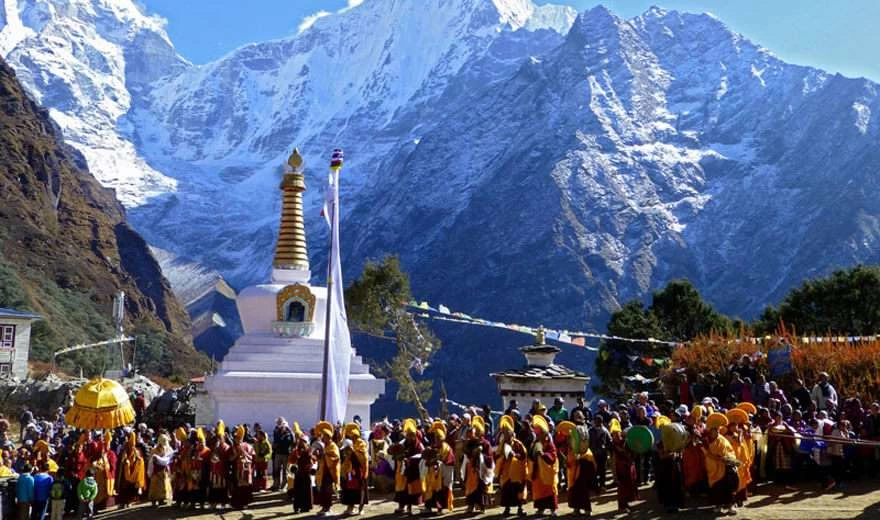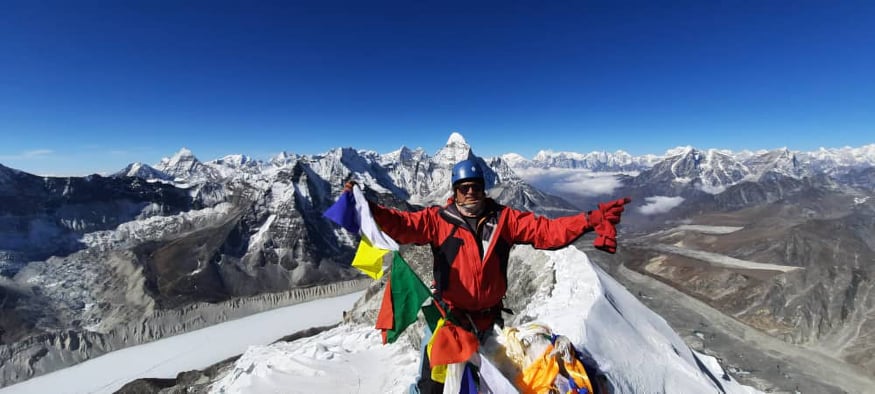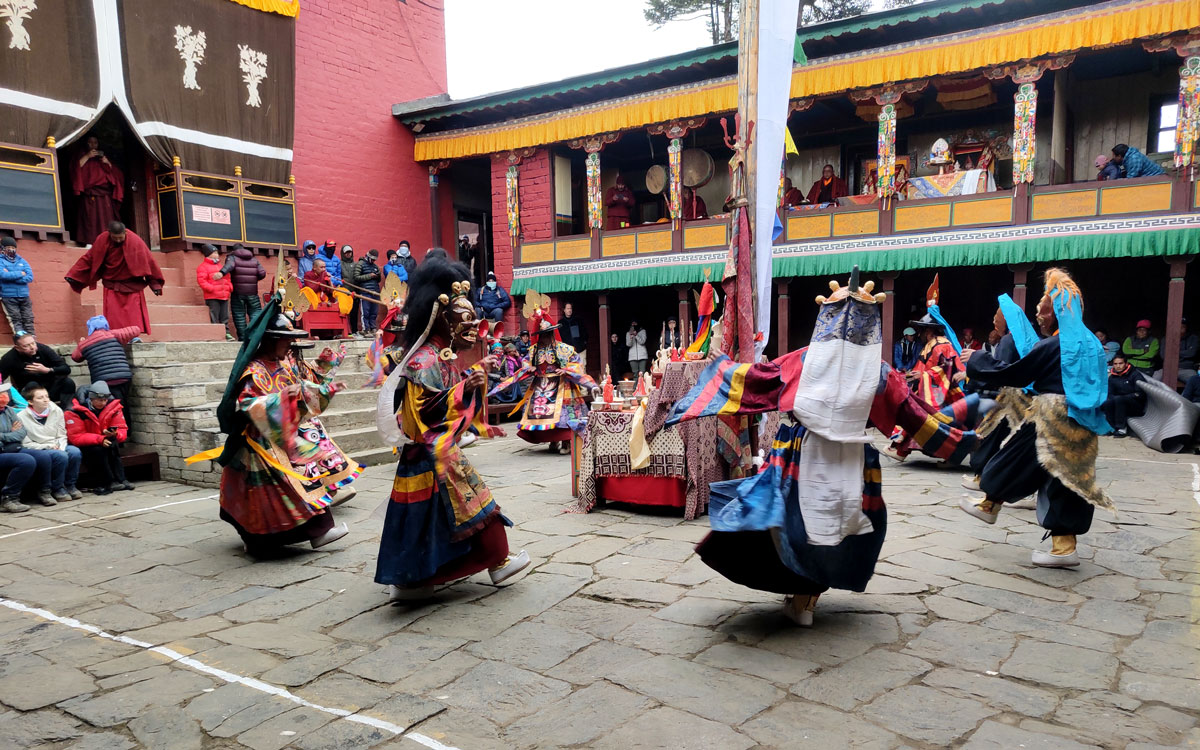EVEREST REGION: THE CROWN OF THE HIMALAYAS
The Everest Base Camp (EBC) and Lower Everest region are among the most iconic destinations in the Himalayas. While EBC offers breathtaking alpine trekking at the foot of Mount Everest (8,848.86 m), the Lower Everest region — including villages like Phaplu, Junbesi, Salleri, and Taksindu — provides a culturally immersive and less crowded Himalayan experience. Together, they form a region of spiritual depth, rich Sherpa culture, adventure, and awe-inspiring natural beauty.
TREKKING IN THE EVEREST REGION
Everest Base Camp Trek
The Everest Base Camp trek is a legendary journey, attracting thousands annually. It typically starts with a flight to Lukla (2,860 m), followed by a 12–14 day trek to EBC (5,364 m) and back.
Key highlights include:
Namche Bazaar – the Sherpa capital
Tengboche Monastery – spiritual center with mountain views
Kala Patthar (5,545 m) – the best viewpoint of Everest
Khumbu Glacier and Icefall
Trekkers stay in tea houses along the trail and experience both challenging elevations and Sherpa hospitality.
Lower Everest Treks
For those seeking solitude and culture, Lower Everest treks (Salleri to Phaplu, Junbesi, and Taksindu) offer:
Ancient Buddhist monasteries like Thupten Chholing Gompa
Traditional Sherpa and Rai villages
Pine forests, river valleys, and terraced hillsides
Fewer crowds and lower altitudes (2,000–3,500 m)
These treks are ideal for cultural immersion and are often used as alternative routes to connect with the main Everest trail via Pikey Peak or Lamjura La.
CLIMBING AND EXPEDITIONS
Mount Everest (8,848.86 m)
The highest mountain in the world, first summited in 1953 by Sir Edmund Hillary and Tenzing Norgay
The South Col route (from Nepal) is the most popular path for climbers
The base camp serves as the launch point for spring (April–May) expeditions
Climbing Everest involves:
Climbing permits
Acclimatization at base camp for 4–6 weeks
Support from Sherpa guides, high-altitude porters, and yaks
Use of fixed ropes, ladders, and oxygen above 8,000 meters
Island Peak (6,189 m) and Lobuche East (6,119 m)
These are popular trekking peaks ideal for those preparing for 8,000ers or looking for technical challenges. Requires basic mountaineering skills and permits.
CULTURE AND RELIGION
The region is a center of Tibetan Buddhism, infused with Sherpa traditions.
Tengboche Monastery, the largest in Khumbu, hosts the Mani Rimdu Festival — a blend of masked dances, rituals, and blessings.
Prayer flags, mani walls, chortens, and spinning prayer wheels adorn the trails
Villages like Pangboche and Khunde preserve ancient monastic texts and practices
COMMUNITY AND ETHNIC GROUPS
Sherpa Community
The Sherpa people, of Tibetan origin, are the primary inhabitants of the upper Khumbu. Known worldwide for their mountaineering expertise, they are also:
Deeply spiritual, following Tibetan Buddhism
Renowned for hospitality, resilience, and local knowledge
Involved in tourism as guides, porters, lodge owners, and climbers
Rai, Tamang, and Magar
In the Lower Everest and Solukhumbu area, other ethnic groups like Rai and Tamang coexist, often following mixtures of Buddhism, Hinduism, and animist practices.
Local communities practice subsistence farming, yak and sheep herding, and increasingly, tourism-based economies.
AIRPORTS AND ACCESS
Lukla Airport (Tenzing-Hillary Airport)
The main gateway to the Everest region
One of the most thrilling airstrips in the world due to its short length and mountainous location
Flights operate from Kathmandu and Ramechhap (Manthali) during peak seasons
Phaplu Airport
Serves the Lower Everest region
Less crowded alternative to Lukla
From Phaplu, trekkers can walk up to Junbesi or connect to Pikey Peak and EBC trail
Jiri and Salleri (Overland Access)
Trekkers preferring to avoid flights can start overland from Jiri or Salleri, retracing the classic Hillary route used before Lukla Airport existed.
SAGARMATHA NATIONAL PARK
Established in 1976 and designated a UNESCO World Heritage Site in 1979, Sagarmatha National Park covers over 1,148 sq. km of alpine terrain.
Flora and Fauna
Forests of pine, birch, and rhododendron
Wildlife includes musk deer, Himalayan tahr, snow leopard, red panda, and Danphe (Nepal’s national bird)
The park also includes the Khumbu Glacier, Imja Glacier, and pristine alpine lakes.
Conservation efforts focus on sustainable tourism, waste management, and preserving Sherpa heritage.
PERMITS REQUIRED
1. Sagarmatha National Park Entry Permit
Cost: NPR 3,000 (~USD 25)
Can be obtained in Kathmandu, Lukla, or Monjo (entrance checkpoint)
2. Khumbu Rural Municipality Permit (Local Permit
Replaced the TIMS card in the Everest region
Cost: NPR 2,000 (~USD 15–20)
Must be paid at Lukla or Monjo
3. Climbing Permits (For expeditions)
Mount Everest: USD 11,000 per climber
Trekking Peaks (e.g., Island Peak, Lobuche East): USD 250–500
Expeditions must register with the Ministry of Tourism, include a liaison officer, and follow environmental regulations
